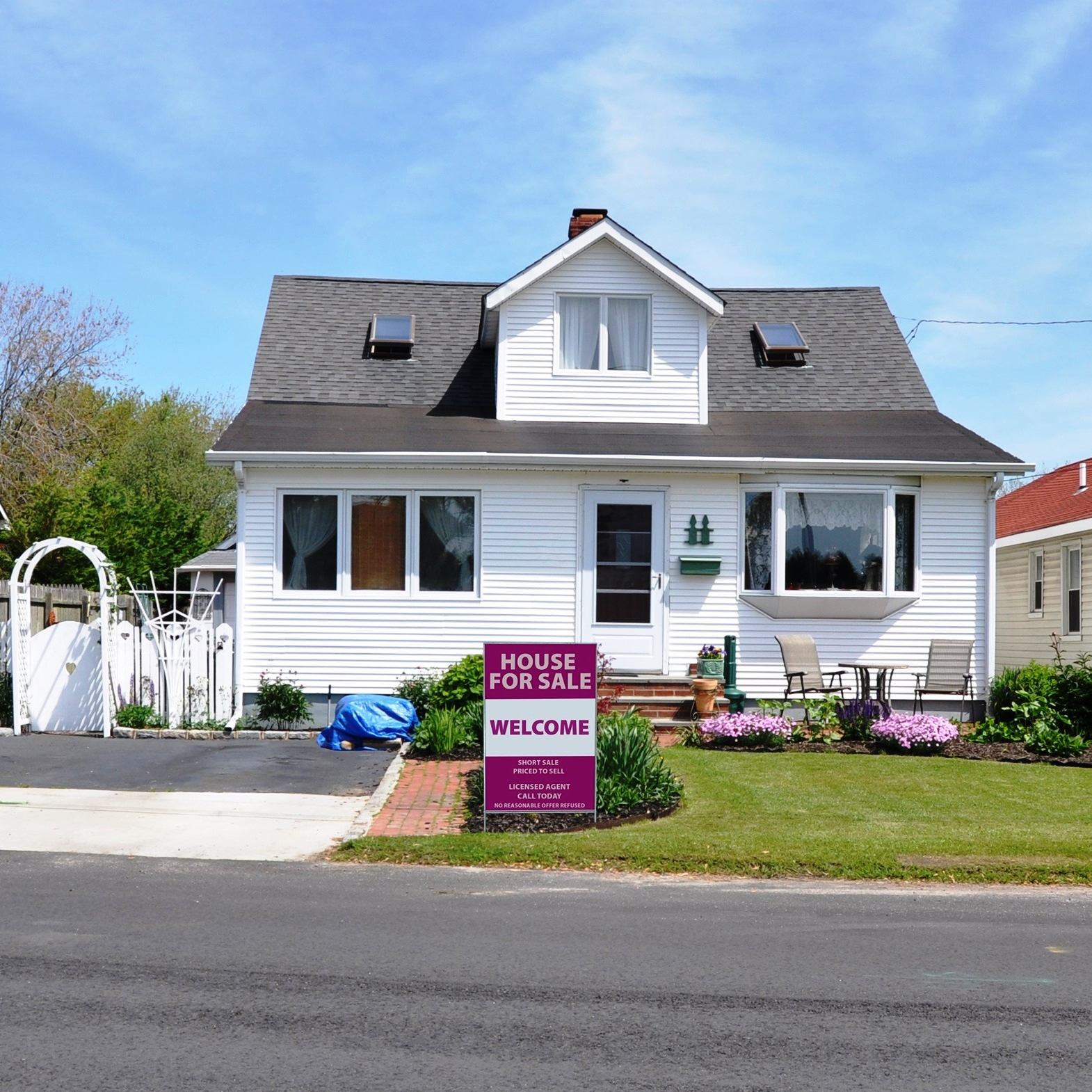
The National Association of Realtors (NAR) reports that the seasonally adjusted annual rate of existing home sales in October rose by 2% to a seasonally adjusted annual rate of 5.48 million from a downwardly revised total of 5.37 million in August. This reflects the largest increase since the summer.
The consensus estimate called for sales to reach 5.44 million, according to a survey of economists polled by Bloomberg. Total sales in 2016 came in at 5.45 million to surpass 2015’s total of 5.25 million as the most sales since 2006 when 6.48 million homes were sold.
The NAR’s chief economist, Lawrence Yun, said:
Job growth in most of the country continues to carry on at a robust level and is starting to slowly push up wages, which is in turn giving households added assurance that now is a good time to buy a home. While the housing market gained a little more momentum last month, sales are still below year ago levels because low inventory is limiting choices for prospective buyers and keeping price growth elevated.
The residual effects on sales from Hurricanes Harvey and Irma are still seen in parts of Texas and Florida. However, sales should completely bounce back to their pre-storm levels by the end of the year, as demand for buying in these areas was very strong before the storms.
Housing inventory decreased by 3.2% in October to 1.8 million homes, equal to a supply of 3.9 months, down from 4.4 months in October 2016, and has fallen year over year for 29 consecutive months. Inventory is down 10.3% year over year from 2.01 million in October 2016.
According to the NAR, the national median existing home price for all housing types in August was $247,000, up 5.5% compared with October 2016, the 68th consecutive month of rising home prices. In September the national median price was $245,100.
The percentage of first-time buyers rose from 29% in September to 32%, and down from 33% in October 2016. For all of 2016, first-time buyers accounted for 35% of sales.
Sales of single-family homes rose 2.1% from the September total of 4.77 million to a seasonally adjusted annual rate of 4.87 million, and is down 1% compared with October 2016. Sales of multi-family homes increased by 1.7% in October to a seasonally adjusted annual rate of 610,000 units.
All homes were on the market for an average of 34 days in October, unchanged compared with September and down from 41 days in October 2016. Foreclosure (3%) and short (1%) sales accounted for 4% of all October sales, flat with the prior month and down 22% compared with October 2016.
The NAR also reported the following regional data:
October existing-home sales in the Northeast rose 4.2% an annual rate of 740,000 compared with September and are flat with October 2016 sales. The median price in the Northeast was $272,800, up 6.6% compared with October of last year.
In the Midwest, existing-home sales rose 0.8% to an annual rate of 1.31 million in October and were 1.5% lower than October 2016 sales. The median price in the Midwest was $194,700, up 7.1% from a year ago.
Existing-home sales in the South rose 1.9% in October to an annual rate of 2.16 million, and are now 1.8% lower than October 2016 sales. The median price in the South was $214,900, up 4.6% from a year ago.
Existing-home sales in the West rose 2.4% to an annual rate of 1.27 million in October, up 0.8% compared with October 2016 totals. The median price in the West was $375,100, up 7.8% compared with the October 2016 median.
Are You Still Paying With a Debit Card?
The average American spends $17,274 on debit cards a year, and it’s a HUGE mistake. First, debit cards don’t have the same fraud protections as credit cards. Once your money is gone, it’s gone. But more importantly you can actually get something back from this spending every time you swipe.
Issuers are handing out wild bonuses right now. With some you can earn up to 5% back on every purchase. That’s like getting a 5% discount on everything you buy!
Our top pick is kind of hard to imagine. Not only does it pay up to 5% back, it also includes a $200 cash back reward in the first six months, a 0% intro APR, and…. $0 annual fee. It’s quite literally free money for any one that uses a card regularly. Click here to learn more!
Flywheel Publishing has partnered with CardRatings to provide coverage of credit card products. Flywheel Publishing and CardRatings may receive a commission from card issuers.
Thank you for reading! Have some feedback for us?
Contact the 24/7 Wall St. editorial team.


